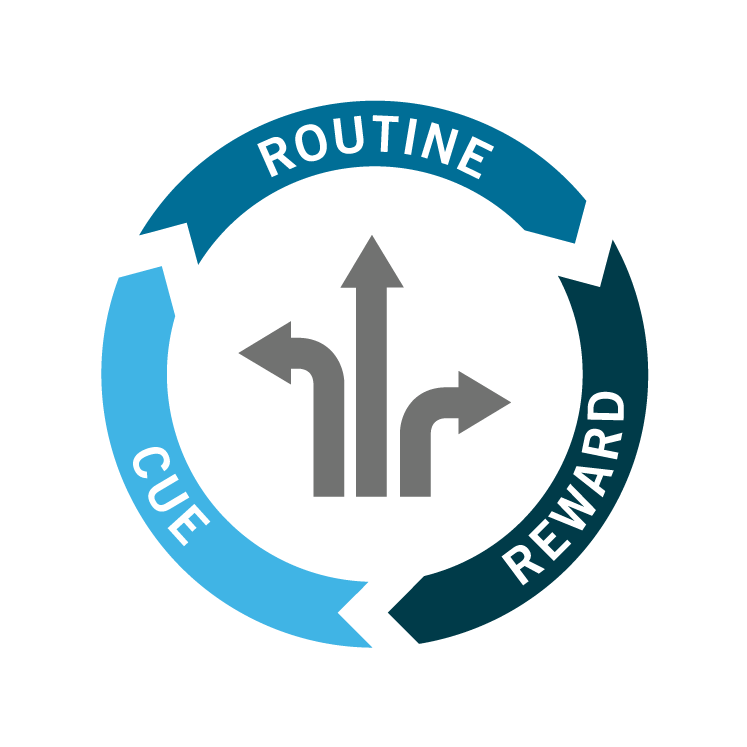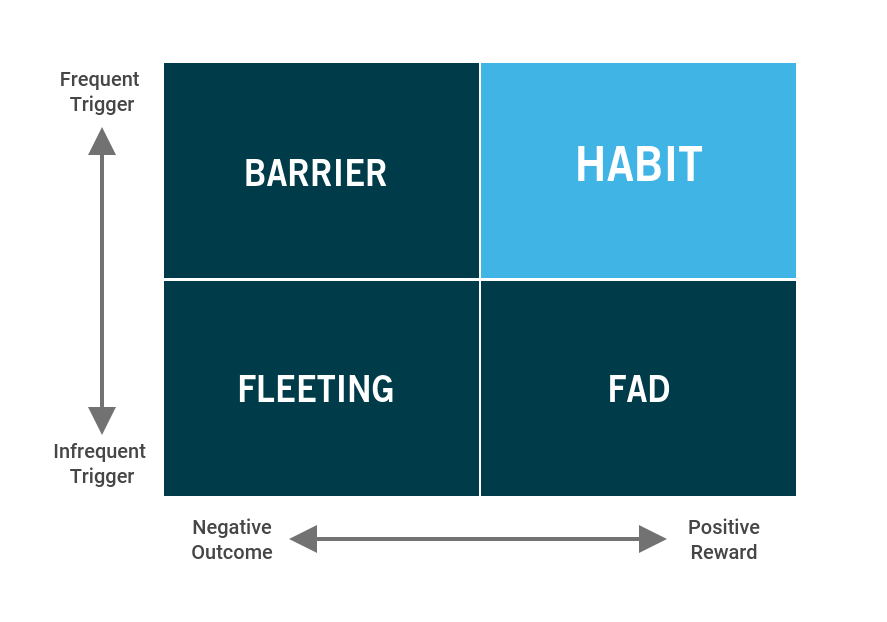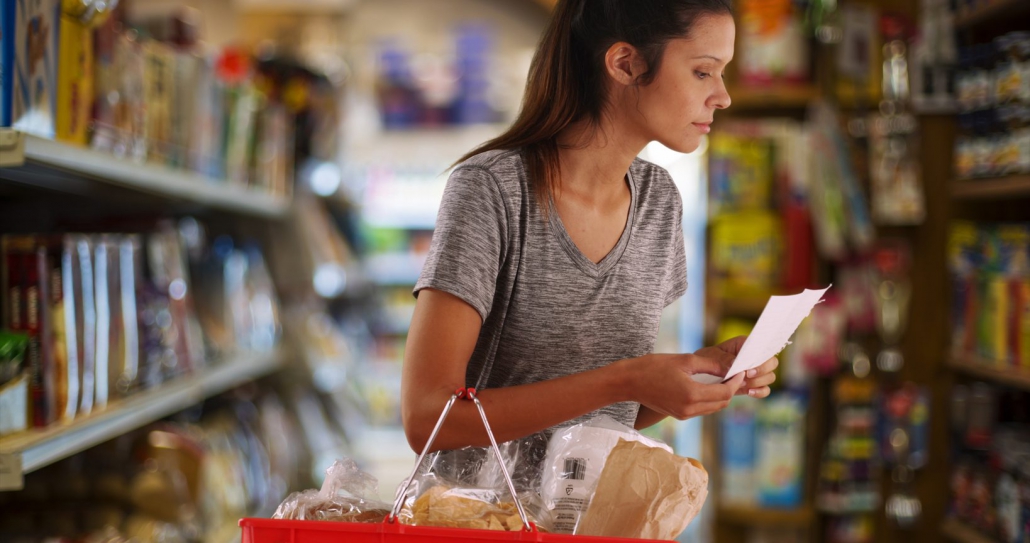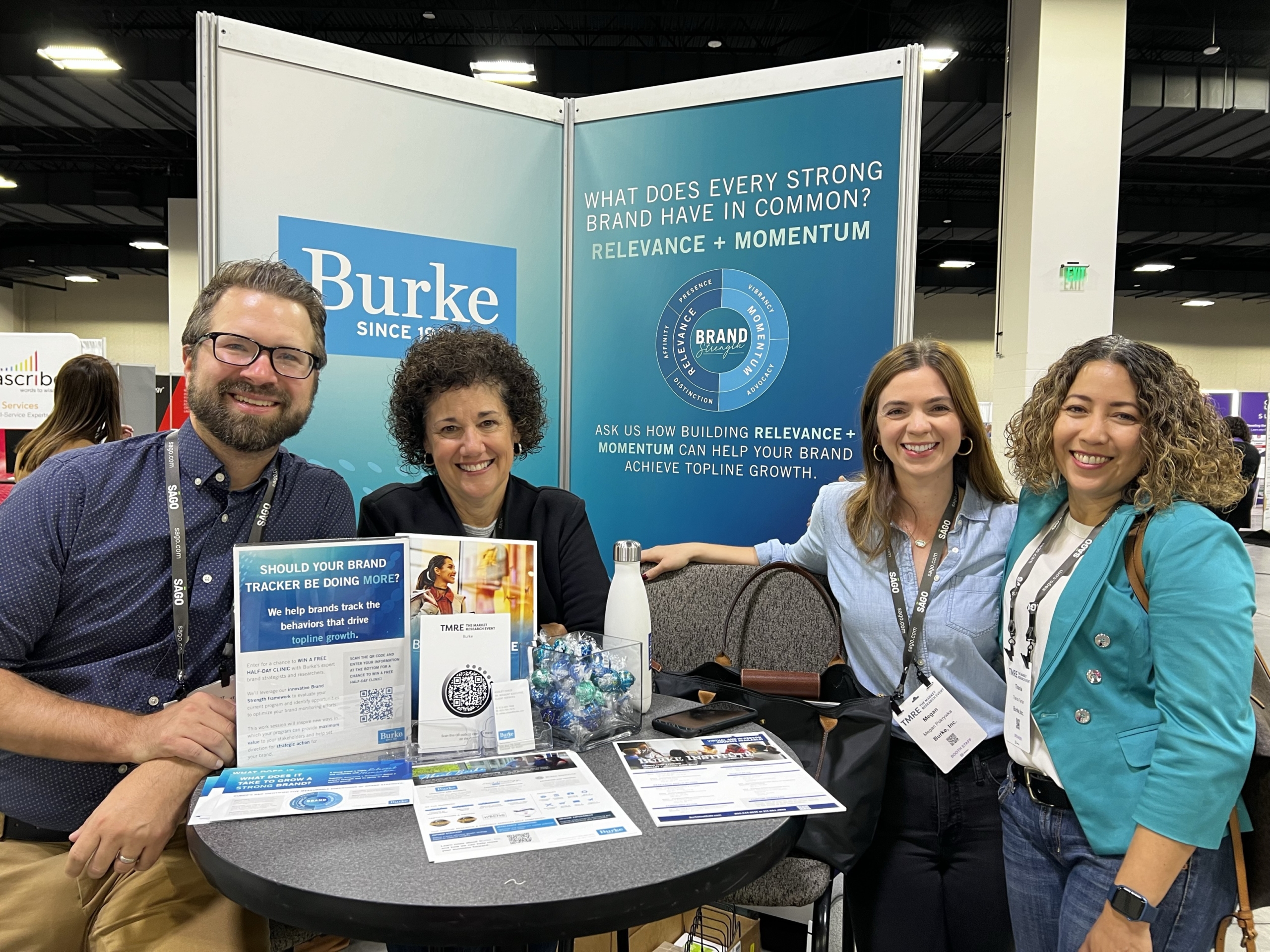
COVID-19: A Disruptor to Marketing?
by James Sorensen
Marketers have often struggled to find ways to break through and disrupt shoppers’ buying habits. Habituated shopping behavior is very difficult to change and requires a huge sustained investment. For decades, new product introductions have experienced a 90%+ failure rate, which is largely due to habituated shopper behavior. Autopilot shoppers make it difficult to break through.
However, COVID-19 has disrupted life as we know it. Marketers now have the opportunity to reset shopper habits and to encourage consideration of alternative channels, different brands, and new products.
SHOPPING IS HIGHLY HABITUATED
In the early days of Shopper Insights, an often-quoted statistic to advocate increased investment in shopper marketing was: 70% of purchase decisions are made in the store. This statistic never felt right to me – and didn’t align with shopper behavior I observed. In many categories, shoppers spend just a few seconds selecting an item and often buy the same brand over and over. For instance, 73% of shoppers purchase the same yogurt brand and 47% purchase the same cereal brand trip after trip.
If 70% of purchase decisions are made in-store, then why do shopper decisions often result in the same outcome?
The answer is simple: most shopping behavior is driven by habit (we estimate over 80%). Shoppers go to the same stores/sites, travel the same paths through these stores/sites, and buy from the same categories and brands over and over. Despite having 50,000 unique items available in the typical grocery store, the average household buys only 300 items in the entire year!
HOW ARE SHOPPING HABITS FORMED
To understand how shopping behaviors will change post-COVID, we should explore which shopping habits will be broken and which new behaviors will become habituated.
Social science shows that a behavior becomes a habit in an average of 66 days. For this habit to form, however, three elements are required: cue, routine, and reward (from Charles Duhigg’s The Power of Habit):

- CUE: A cue can be either an implicit or explicit trigger. A broken phone is an explicit trigger to shop for a new one – but sometimes the trigger is more subtle and may subconsciously activate behavior. The smell of buttery popcorn at a movie theater is an implicit cue to buy popcorn. A bright yellow product tag is an implicit cue for getting a deal.
- ROUTINE: For a shopping behavior to become a habit, it must become a ritual that occurs with some frequency. The more frequent the cue, whether implicit or explicit, the more habitual the behavior. Weekly grocery shopping tends to become much more habituated than the annual shopping for a Valentine’s Day gift.
- REWARD: For the behavior to become a habit, it must provide a positive outcome, either tangible or intangible. The tangible currency the shopper spends is money and time, and they receive the tangible benefit of the goods or services. The intangible currency the shopper spends is their energy or emotions. Some purchases and shopping experiences are positive, but many others are frustrating. Those with a positive impact on the shopper are more likely to become a habit than those with a negative impact.

To understand which behaviors will become the new normal post-COVID, we need to examine each experience to determine the frequency and strength of the trigger and if it results in a positive or negative outcome. At Burke, we break down each experience and behavior and plot them on a matrix. Behaviors that occur frequently and have positive outcomes will become new shopping habits post-COVID. Less-frequent behaviors, or those with more negative outcomes, are less likely to stick.
Burke can help you understand which behaviors are becoming the new norm and start building in cues and triggers to create positive outcomes and benefit your brands and categories.

James Sorensen is a thought leader, helping shape the future of retail and shopping. As SVP and retail/shopper consultant, James helps clients innovate new omni-commerce retail experiences by first uncovering deep insights about the shopper, and then applying a proprietary innovation process that leads to pragmatic solutions that drive growth.
Interested in reading more? Check out James’ other article:
In a Post-COVID World, Will Ecommerce Growth Continue?
As always, you can follow Burke, Inc. on our LinkedIn, Twitter, Facebook and Instagram pages.
Sources: Feature Image – ©rocketclips – stock.adobe.com








